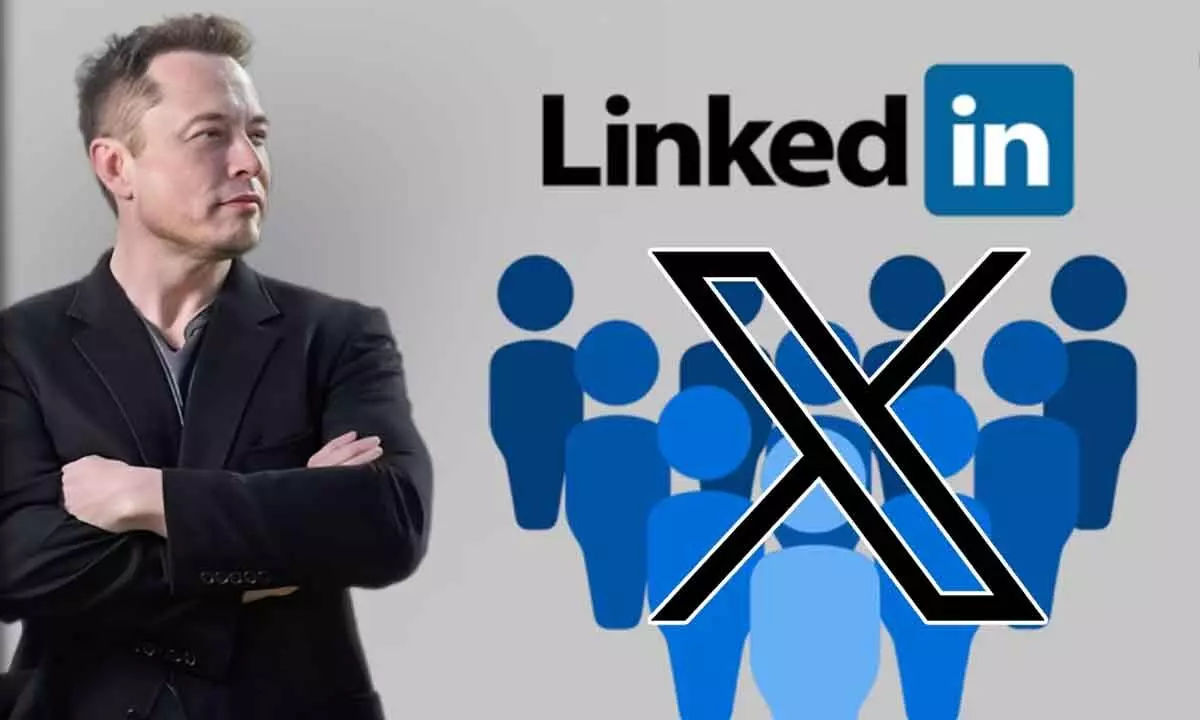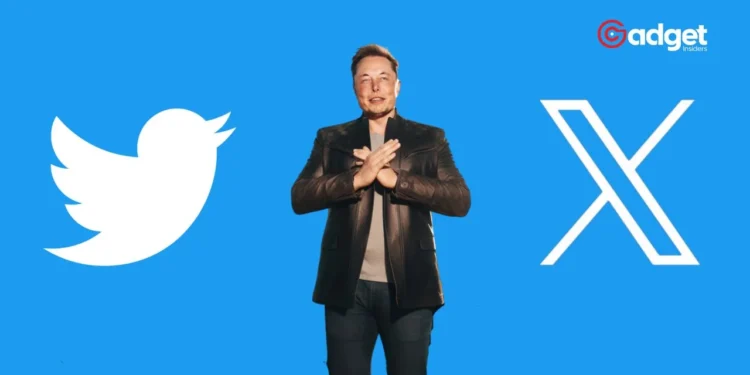LinkedIn, long recognized as a stalwart of professional networking, is quietly transforming into a formidable contender in the social media landscape. This transformation, marked by impressive growth and strategic diversification, maybe a silent threat to Elon Musk’s X (formerly Twitter), particularly as it begins to redefine itself as more than just a job-hunting platform.

Elon Musk’s acquisition of Twitter in 2022 and the subsequent emergence of several Twitter alternatives have reshaped the social media terrain.
While platforms like BlueSky and Mastodon have garnered attention, LinkedIn’s surge in both web traffic and app revenue in the first quarter of 2024 indicates a growing shift among social media users.
A Surge in Popularity and Revenue
According to SimilarWeb, LinkedIn experienced a 10.6% increase in web traffic year-over-year as of March 2024, a notable achievement compared to the 15.2% decline seen by X during the same period.
This growth becomes even more significant considering the application’s 18% traffic increase since November 2022, shortly after Musk’s takeover of Twitter.
With Twitter alternatives coming out to compete with X, a not-so-new platform is here to rival what Elon Musk built. Guess what? It's LinkedIn in its full bloom.https://t.co/Qkww089oOH
— Tech Times (@TechTimes_News) May 1, 2024
In terms of mobile engagement, Appfigures highlights that LinkedIn’s app downloads have risen by 10% year-over-year, contrasting sharply with a 24% decrease in downloads for X, which has struggled with its rebranding efforts.
The decline in X’s popularity, partly due to confusion and altered user behavior following the rebranding from Twitter, underscores the challenges faced by Musk’s platform.

Financial Edge Over Competitors
LinkedIn’s financial performance is particularly striking. The platform’s mobile app revenue soared to a record $119 million in Q1 2024, a figure that not only demonstrates robust growth from $20 million in Q1 2021 but also outpaces the combined revenues of X and Snapchat, which totaled $90 million in the same quarter.
The strategy behind the application’s revenue success lies in its ability to command higher subscription fees, ranging from $29.99 to $69.99 per month. This pricing model allows LinkedIn to generate substantial income despite having fewer subscribers compared to X, where subscriptions cost between $4 and $22.
Beyond Professional Networking
LinkedIn’s evolution into a dynamic content hub incorporating games and short-form videos is particularly appealing to a younger demographic, including Gen Z users who are becoming increasingly influential on social platforms.
This shift from a purely professional network to a more engaging and holistic social media experience positions the application not only as a complement to traditional social media platforms but also as a direct competitor.

The introduction of more casual and engaging content could be a strategic move to diversify LinkedIn’s appeal, making it a versatile platform that combines professional utility with personal entertainment.
This evolution suggests that the application could be instrumental in shaping the new social media order, appealing to users who seek a blend of professional and casual interaction online.
Looking Ahead: LinkedIn’s Strategic Position
As the landscape of social media continues to evolve, the application’s ongoing growth and strategic innovations place it in a strong position to challenge the dominance of traditional platforms like X.
With its expanding feature set, consistent performance, and strategic market adaptation, LinkedIn is not just surviving but thriving in a competitive environment.
LinkedIn’s transformation could serve as a critical study of how adaptive strategies and continuous evolution in offerings can turn a specialized platform into a mainstream social media contender.
As it stands, the application is not merely surviving the upheaval in the social media landscape; it is setting a course that others may soon follow.









